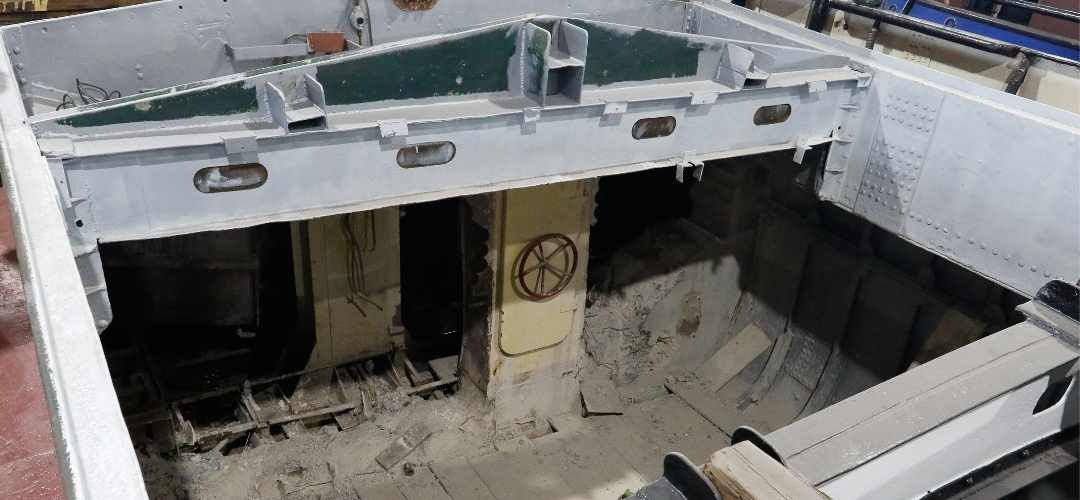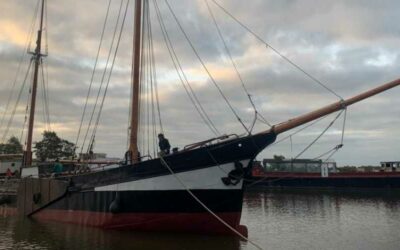Ahoy,
At the beginning of this summer it became clear that the underwater part of the hull of the trading ketch De Tukker was in worse condition than the first measurements indicated. That was a really bad moment. We were planning to set sail around the end of August, and we already had cargo for this autumn. We would transport wine, olive oil and other specialties from Portugal to England and France… However, not anymore!
Picking up the phone to disappoint a customer because you can’t keep your promises is never fun. In addition to our freight customers, we also had to notify EcoClipper’s crew, paying guests and investors. After this was done, it was time for a new plan.
Together with the men from the Talsma shipyard: Martin, Lieuwe, Tjitze, Fonger and Jelle himself, and our surveyor from Limdal: Hinco, and Joost and I from EcoClipper, we sat down to discuss the options. It was clear that in addition to a setback, there was also an opportunity. By rigorously renewing the underwater hull, we were able to get the best out of the refit and really give De Tukker a new lease of life.
Ever seen a concrete wall in a ship? One of the items on the new “to do list” was to tear down the concrete wall (?!) separating the cargo hold from the forecastle. This decision would start haunting us. A local concrete saw company would get the job done in two days…
Many promises: two days, two weeks and two months later, the wall is still not completely gone. It was also quite a thing: 5.5 metres long, 2 metres high and 45 cm thick with pieces of steel integrated here and there. Plus, I learned that concrete continues to harden as it ages, and this wall had been in the ship for quite some time.
Just like the developments that caused the Berlin wall to fall, it would turn out to be a long and challenging road ahead. However, because the wall would slow down the progress of replacing the hull parts from the beginning of September, we will now “take the law into our own hands” and the De Tukker crew will start breaking through the wall themselves.
To compare the wall in our sailing freighter with the events in Berlin more than a quarter of a century ago, of course, takes everything completely out of context. However there is a link. With the small fast-growing niche market of sail cargo, we are also breaking through a huge wall.
This is the wall of conventional transportation dependent on fossil fuels. As soon as this wall begins to falter, the way is open to the future for emission-free and sustainable transport of goods and people by means of sailing ships. The good thing is, you can also contribute to this by investing (further) in the EcoClipper Coöperatie U.A., so visit the EcoClipper investors information page today, to make an extra contribution to sustainable logistics in the future.
Thanks again and fair winds,
Capt. Jorne Langelaan






